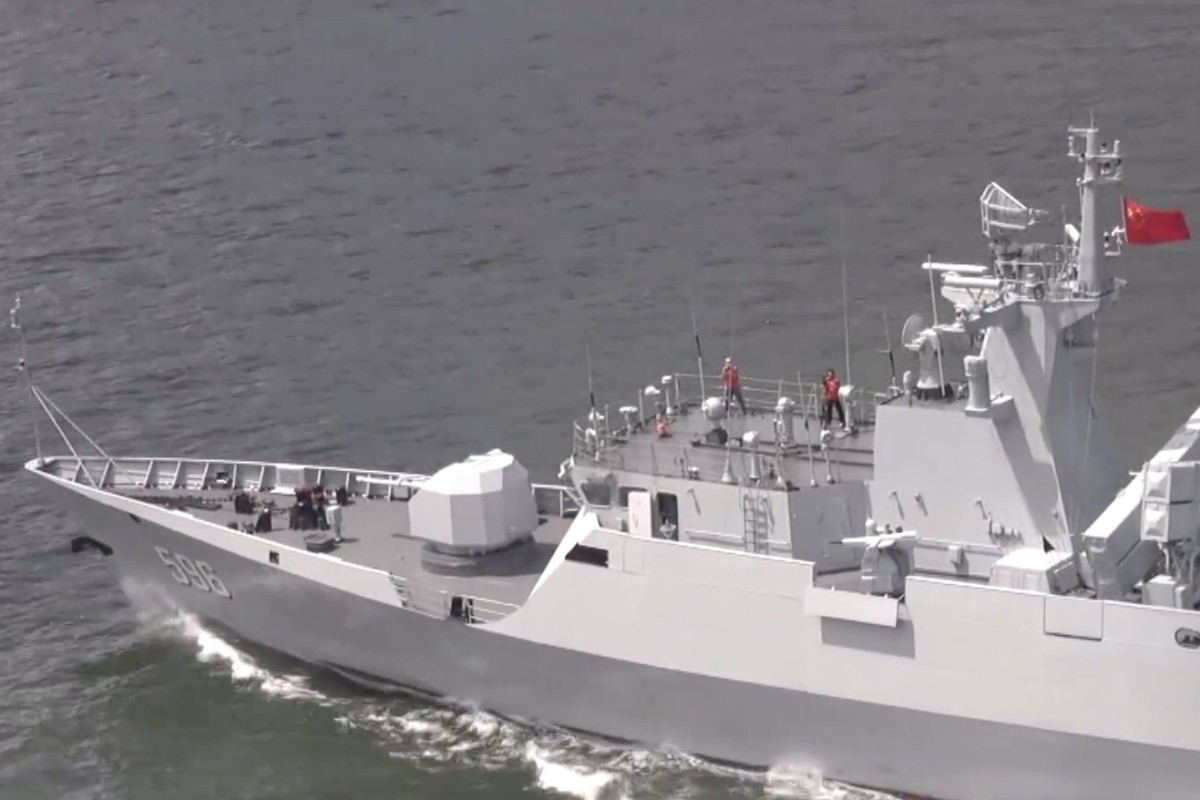 | ||||||
A People’s Liberation Army vessel firing cannons and torpedoes in a
drill in the South China Sea earlier this month. Photo: Weibo :China meets with Asean diplomats to propose resuming South China Sea Talks |
https://youtu.be/Abro8Y7e8pA>
Without a blink, most people are likely to say the US will reign over China as America is a more advanced military/defence power with vast combat experience in the many past and present wars it has provoked or created in various parts of the world.
“In terms of military strength, it must be the US,” said Global Times’ editor-in-chief Hu Xijin in an Aug 7 comment piece on South China Sea. As the official media outlet of the Communist Party of China (CPC) headed by President Xi Jinping, Global Times’ comments are closely monitored by China watchers.
However, the influential journalist remarked that if military clashes occur off China’s coastal waters, the outcome may be “uncertain” as China’s maritime strength combined with onshore combat power may pose challenges to the US navy. But if the showdown occurs in East China Sea and it involves Taiwan, then there will be “a contest of wills as well as a contest of strength”.
Taiwan, though permitted to self-rule after 1949, is jealously guarded as part of China’s territory.
“Whoever commands a upper hand (in clashes involving Taiwan) will be decided by a combination of military strength plus morality plus the will to fight,” said Hu in his comment.
In Chinese social media, the US and its allies are reminded that present-day China cannot be bullied. It is no longer the sick man of Asia, as perceived in the 19th century. Chinese commentators often end their YouTube clips stating that a modern and powerful China will win against aggressors at all cost, with the support of 1.4 billion strong-willed and patriotic Chinese.
The will to drive the aggressor off is an important element in warfare. The withdrawal of the US from the Vietnam War (1955-1975) has shown that its military might was not enough to defeat and kill the fighting spirit of the Vietnamese people.
It is clear to many people that intensifying military exercises in South China Sea is part of the US global strategy to contain a rising China, seen by Washington as the most serious threat to its economic, technological and military superiority. With Donald Trump gearing up for a presidential election in November that many polls have indicated he is likely to lose, nobody dares rule out that this unpredictable leader may start a war outside America as a ploy to win more domestic support within the US.
Former Australian premier Kevin Rudd has warned in an article in the Foreign Affairs journal of an “especially high” risk of armed conflict between the two powers as Trump seems hell-bent to win at all cost.
“The once unthinkable outcome – actual armed conflict between the US and China – now appears possible for the first time... We are confronting the prospect of not just a new Cold War, but a hot one as well,” he wrote early this month.
There has been a greater frequency of the deployment of US warships conducting military exercises in the South China and East Seas. In response, China has also increased its drills.
Indeed, tension in the South China Sea has escalated after Washington announced on July 13 that Beijing’s claims to most parts of South China Sea are “unlawful”.
US Secretary of State Mike Pompeo had declared in a statement: “The world will not allow Beijing to treat the South China Sea as its maritime empire. America stands with our Southeast Asian allies and partners in protecting their sovereign rights to offshore resources.”
The harsh tone of the US on the South China Sea has drawn support from its Western allies – particularly Australia and the United Kingdom. But within Asean – the biggest trading bloc of China since early this year, most nations have taken a neutral and cautious stance.
These states, some of which have overlapping claims with China over certain parts of South China Sea, are concerned they will become pawns and suffer when the two superpowers actually fight.
On Aug 8, Asean foreign ministers issued a joint statement calling on “all countries to exercise self-restraint in the conduct of activities that would complicate or escalate disputes and affect peace and stability, to refrain from the threat or the use of force, and to resolve differences and disputes by peaceful means in accordance with international law”.
The statement reiterates the grouping’s commitment to maintaining South-East Asia as a region of peace, security, neutrality and stability.
Many analysts believe that Pompeo’s tough talk is a ploy to help Trump’s re-election and partly an effort to divert attention from Trump’s bungled response to the Covid-19 pandemic and his falling poll numbers.
Pompeo’s tough stance on China, though not openly supported by Asean, is quietly welcomed by some anti-China quarters within the blog. It is to be noted that China’s construction of islands and reefs in the South China Sea in recent years has caused discomfort among Asean members.
Though China has often said the construction is carried out on their waters and mainly for civil purposes, it has also built and placed defence facilities on them.
Regardless of the reaction from China and Asean, Washington has not lessened its military manoeuvres.
According to the mainland’s think tank, the South China Sea Strategic Situation Probing Initiative, the US military has significantly increased large reconnaissance aircraft activities to 67 in July, compared to 35 in May and 49 in June.
For the first half of this year, the US has conducted more than 2,000 military exercises and drills in the South China Sea, the Taiwan Straits and the East Sea.
US spy aircraft reportedly made intensive flights when the People’s Liberation Army (PLA) was conducting operations.
In July, US reconnaissance aircraft entered areas within 70 nautical miles of China’s territorial sea baseline nine times, six times within 60 nautical miles, and in the closest event, about 40 nautical miles away from China’s sea baseline.
The close-up spying is seen by China as a demonstration of military muscle and a provocation by the US, which reportedly has all-round, advanced spying technologies and high frequency aerial reconnaissance.
Hence, based on military strength alone, a Forbes magazine writer shares the view of most military analysts that the US has an upper hand.
On Aug 9, Forbes’ aerospace and defence writer David Axe wrote: “The US military probably has enough warplanes to win a war with China in the western Pacific.”
But he cautioned a caveat. He noted the US doesn’t have enough bases in that faraway part of the world as a battleground.
“The amount of air power China and the US can bring to bear in a war over the South China Sea depends in large part on how many bases each country can set up, supply and protect within 500 miles of the major battle zones.
“Distance is the greatest destroyer of tactical airpower. Most modern fighters can fly no farther than 500 miles from their bases. Refueling tankers realistically can add a few hundred miles to a fighter’s combat radius.”
The writer suggested that the US army could create bases by “dropping paratroopers or landing marines” on some of China’s islands and reefs.
However, in the same breath, he conceded that this strategy may not succeed as China has since 2013 built unmoving aircraft carriers in the form of outposts in the Spratly and Paracel island chains.
The island bases, plus the airfields along the coast in southeast China, allow Beijing to disperse its warplanes. This dispersal can help to protect planes from US missile and bomber raids, he wrote.
But if the US military really occupies China’s islands and reefs, it will spark the start of a full scale war with China, Global Times’ editor warned.
“The US troops will have to face an all-out counterattack from the PLA and will certainly pay a heavy price for their reckless decisions,” warned Hu in his comment in Global Times.
According to a South China Morning Post report dated Aug 9, America is looking to outgun PLA in the Indo-Pacific and its military chiefs are reviewing their deployments to ensure they have sufficient firepower and troops.
However, Beijing-based naval expert Li Jie believes the PLA has sufficient firepower to take on American fleets in the event of an offshore battle.
“China’s Type PCL191 multiple launch rocket systems, which have a range up to 400km, and other rocket launchers are the most efficient low-cost option for dealing with head-to-head conflicts,” the Post quoted Li as saying.
Despite facing all kinds of insults from the US, political interference in Hong Kong and military incitement in the South China Sea, China has exercised restraint.
It may not fire the first shot, most reports indicate.
China has told its service personnel “not to fire the first shot” in the increasingly frequent stand-offs with US planes and warships, South China Morning Post reported on Aug 12 citing sources familiar with Chinese thinking.
But still, the combat-ready PLA armed with its advanced equipment is always on its highest alert, said military experts last week on China’s CCTV Mandarin channel.
Due to the tense situation, countries in the region are worried that there may be “accidental clashes” that could lead to full-scale war that will hurt regional and global trade.
As a vital artery of trade for many of the world’s largest economies, about US$4-5 trillion (RM16.7-RM20.9 trillion) worth of goods transits through the waterway annually. Hence, if a war erupts in South China Sea, all will be losers – including the US and China.
It certainly will not boost Trump’s electoral chances if the war drags on to become another “Vietnam War” for the US and Americans.
By HO WAH FOON
Source link
Related posts:
US a troublemaker
In four separate speeches, Secretary of State Pompeo (pic), Attorney General Barr, National Security Adviser O’Brien and FBI Director Wr
Read more:
China says U.S. undermines stable situation in South China Sea
China reiterates its sovereignty and rights in South China Sea
Admiral Zheng He (aka Cheng Ho, c. 1371-1433 CE) was a Chinese Muslim eunuch explorer who was sent by the Ming dynasty emperor Yongle (r. 1403-1424 CE) on seven diplomatic missions to increase trade and secure tribute from foreign powers.Feb 7, 2019

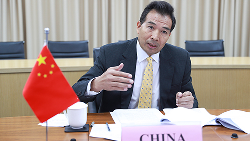
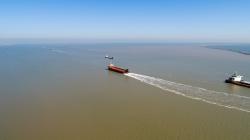

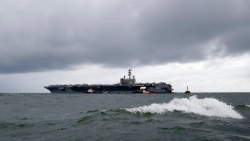
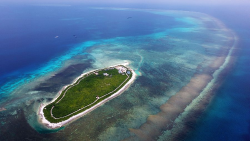






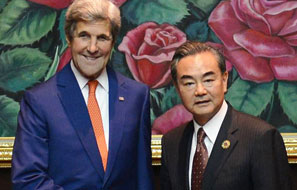
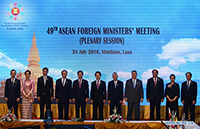










 The global centre of gravity shifting to Asia
The global centre of gravity shifting to Asia
